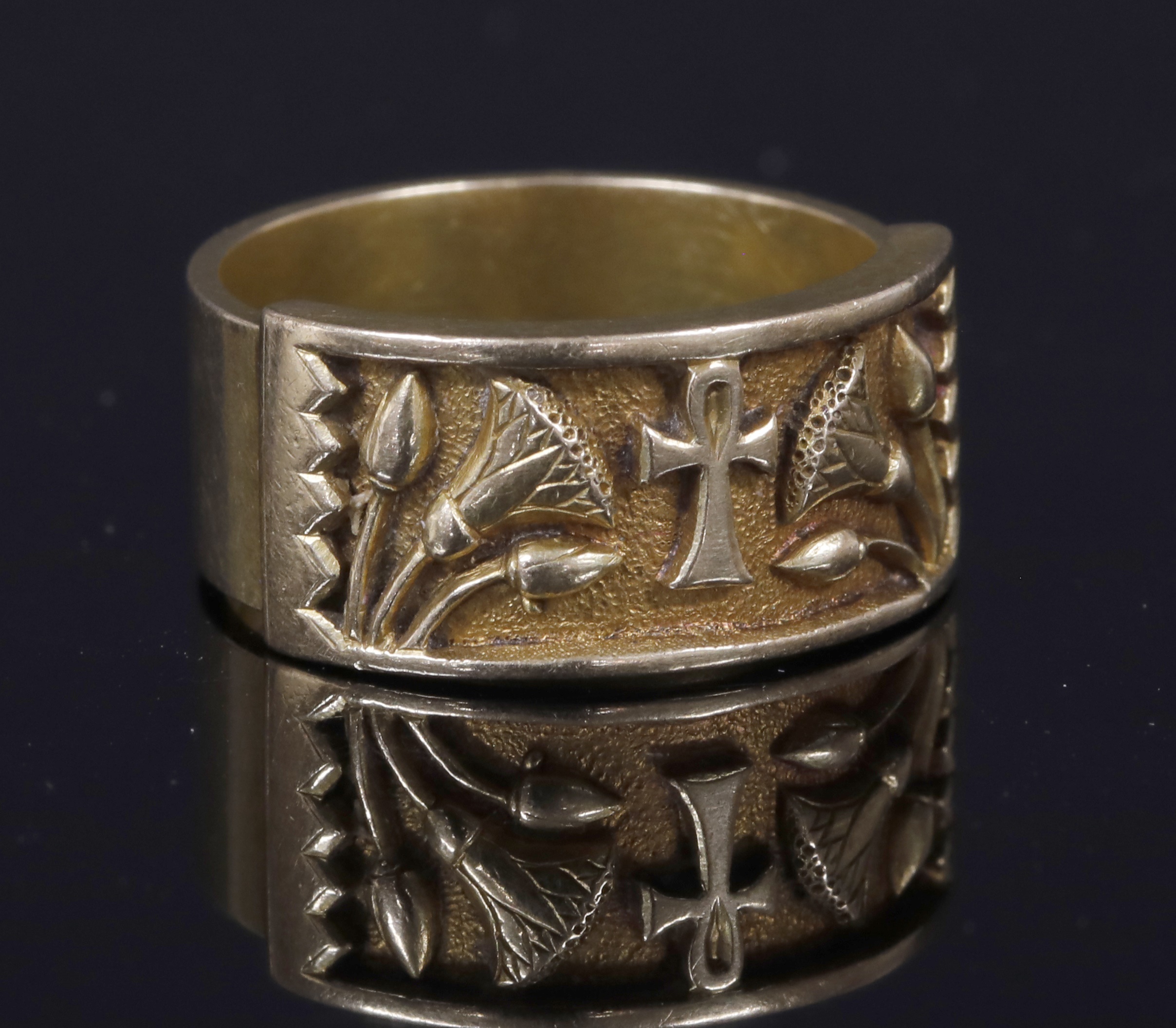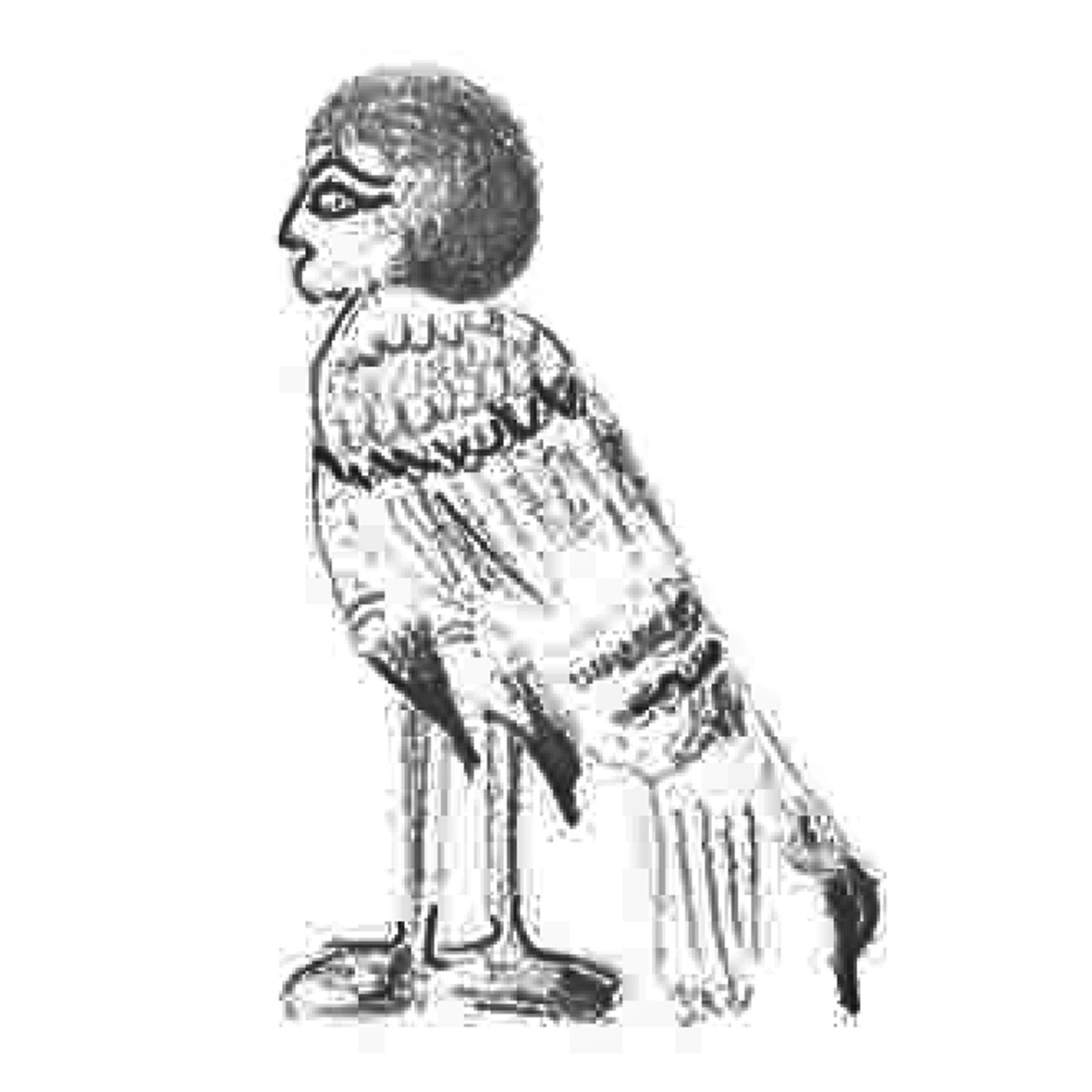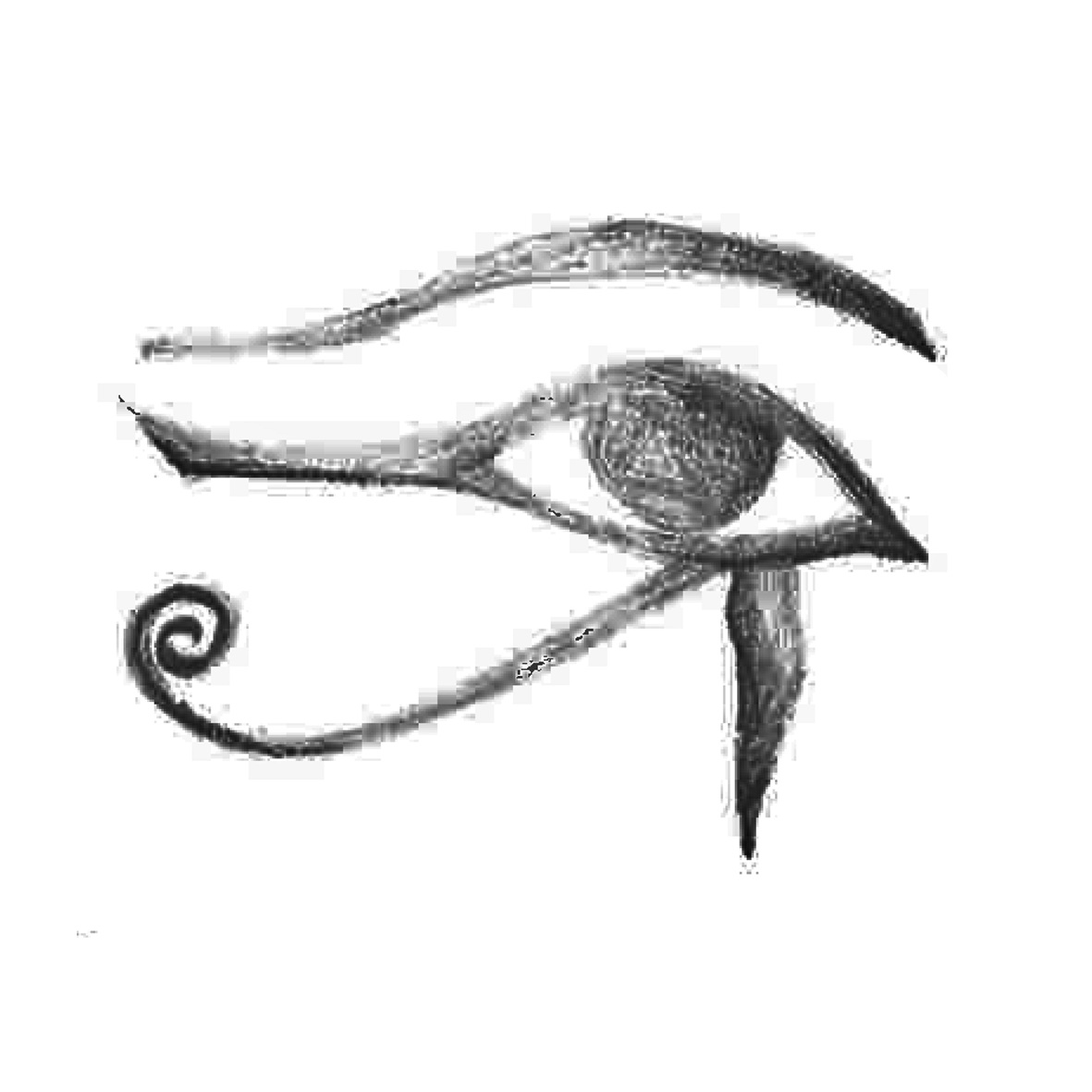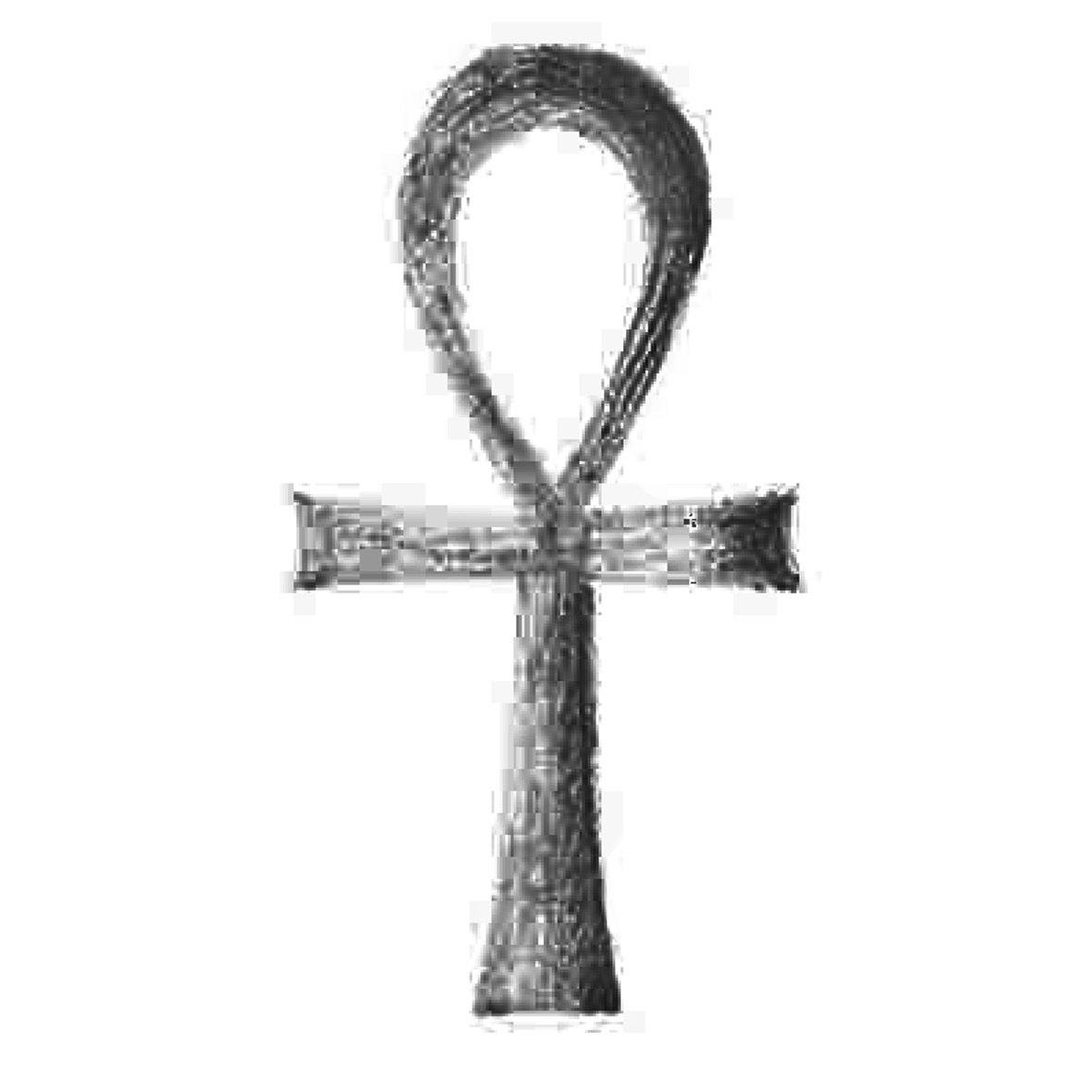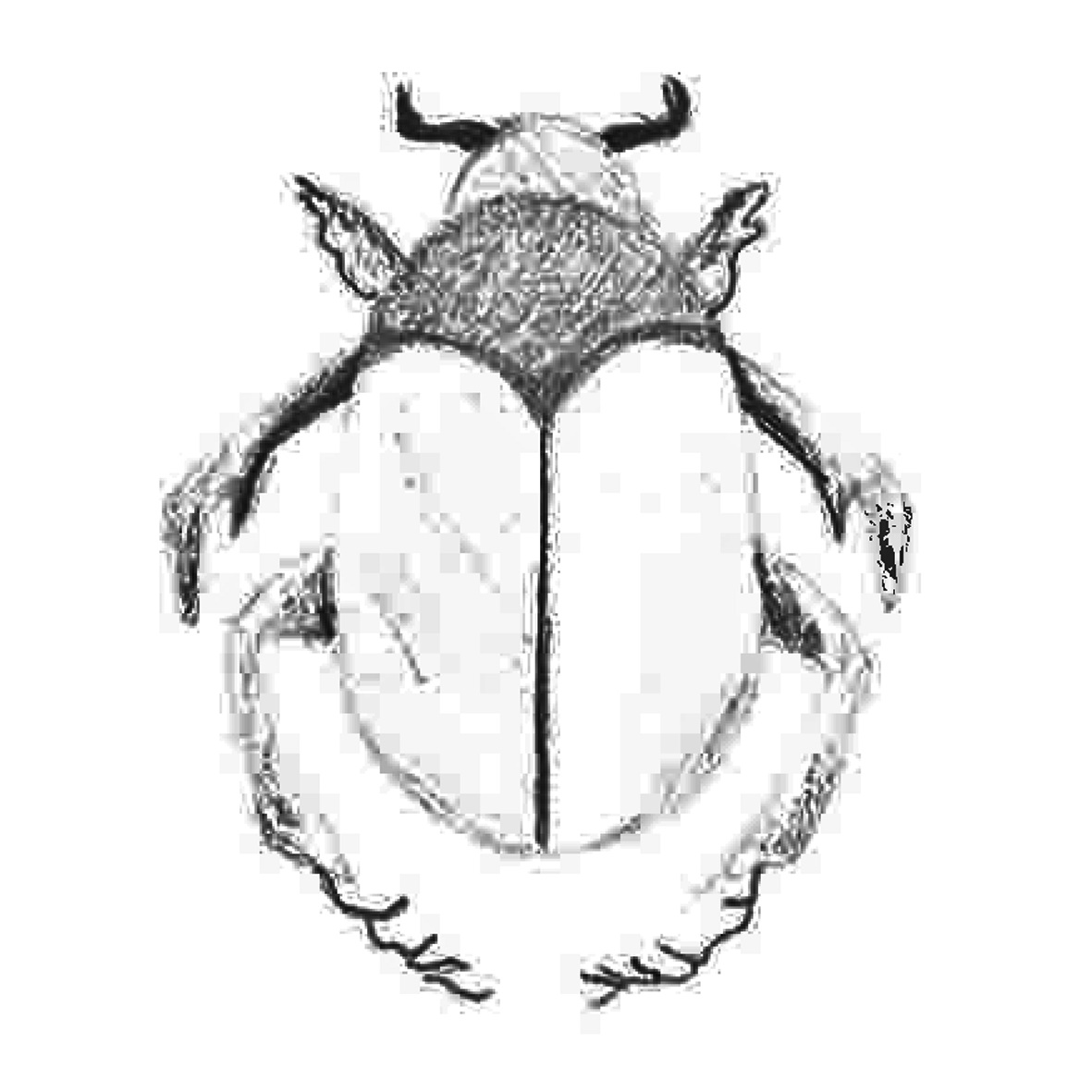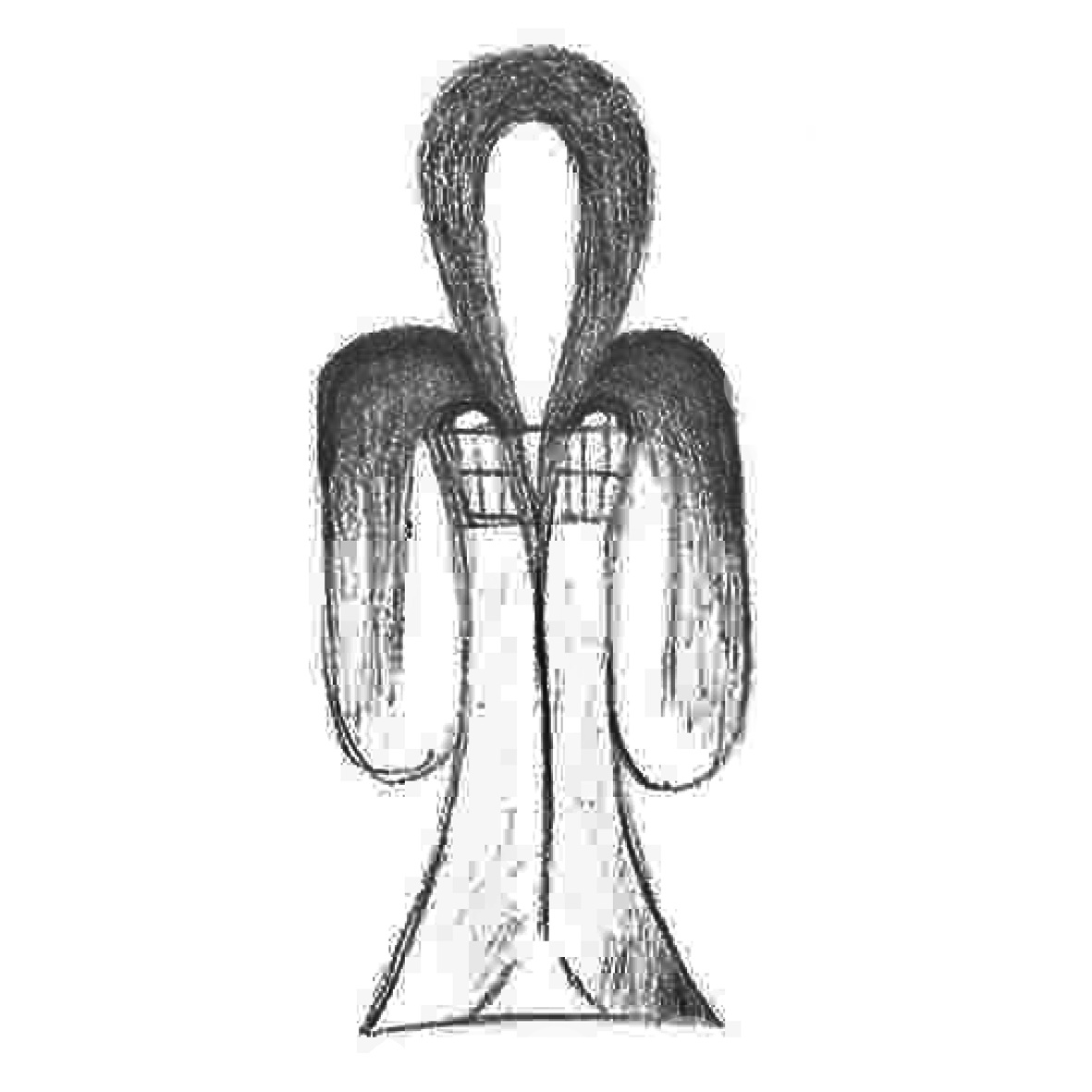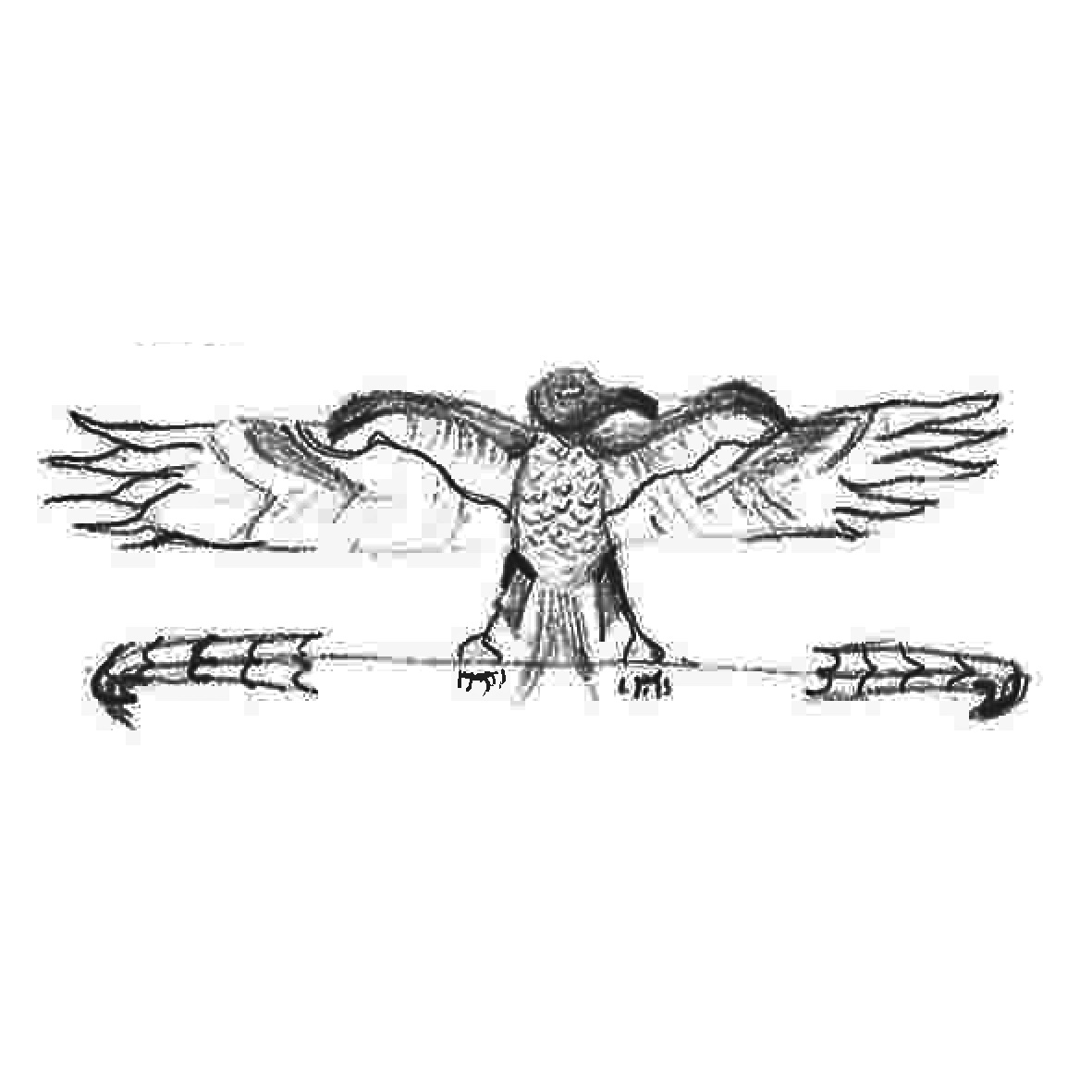From Scarabs To Sarcophagi: A Look At Egyptian Revival Jewellery
There is a long-standing tradition of revival jewellery, with jewellers and silversmiths interpreting and adapting the styles and motifs of past traditions for contemporary audiences. The styles which have seen widespread revival are numerous, from Celtic, to Etruscan, to Renaissance, but none enjoyed such long-lasting popularity as Egyptian revival jewellery.
There is a long-standing tradition of revival jewellery, with jewellers and silversmiths interpreting and adapting the styles and motifs of earlier periods for contemporary audiences. The styles which have seen widespread revival are numerous, from Celtic, to Etruscan, to Renaissance, but none enjoyed such long-lasting popularity as Egyptian revival jewellery.
Egyptian motifs first found their way into jewellery and design at the end of the eighteenth century, after Napoleon’s campaign in Egypt and Syria, during which the Rosetta stone was discovered and the discipline of Egyptology created. Egyptian revival jewellery, however, didn’t really take hold until the mid-nineteenth century, triggered initially by the discovery of the jewellery of Queen Ah-Hopte, in 1859, and further established with the opening of the Suez Canal in 1867, which put Egypt firmly in the public notice. According to the jeweller and writer Henri Vever (1853-1942), almost every maker showing at the Paris Exhibition in 1867 had pieces containing, or inspired by, Egyptian decoration.
An Egyptian Revival ring, c.1900, with ankh and lotus motifs. The ankh hieroglyph represents the word for life, whilst the lotus flower was associated with Sun god Atum-Ra and symbolised creation and rebirth.
Lot 145, Fine Jewellery Sale, 19th November 2019 | Hammer £380
Interest in Egyptian revival jewellery persisted through the next two decades, and was renewed first by Sarah Bernhardt’s portrayal of Cleopatra on the stage in 1890, by various film productions during the 1920s, and by the discovery of Tutankhamun’s tomb in 1923.
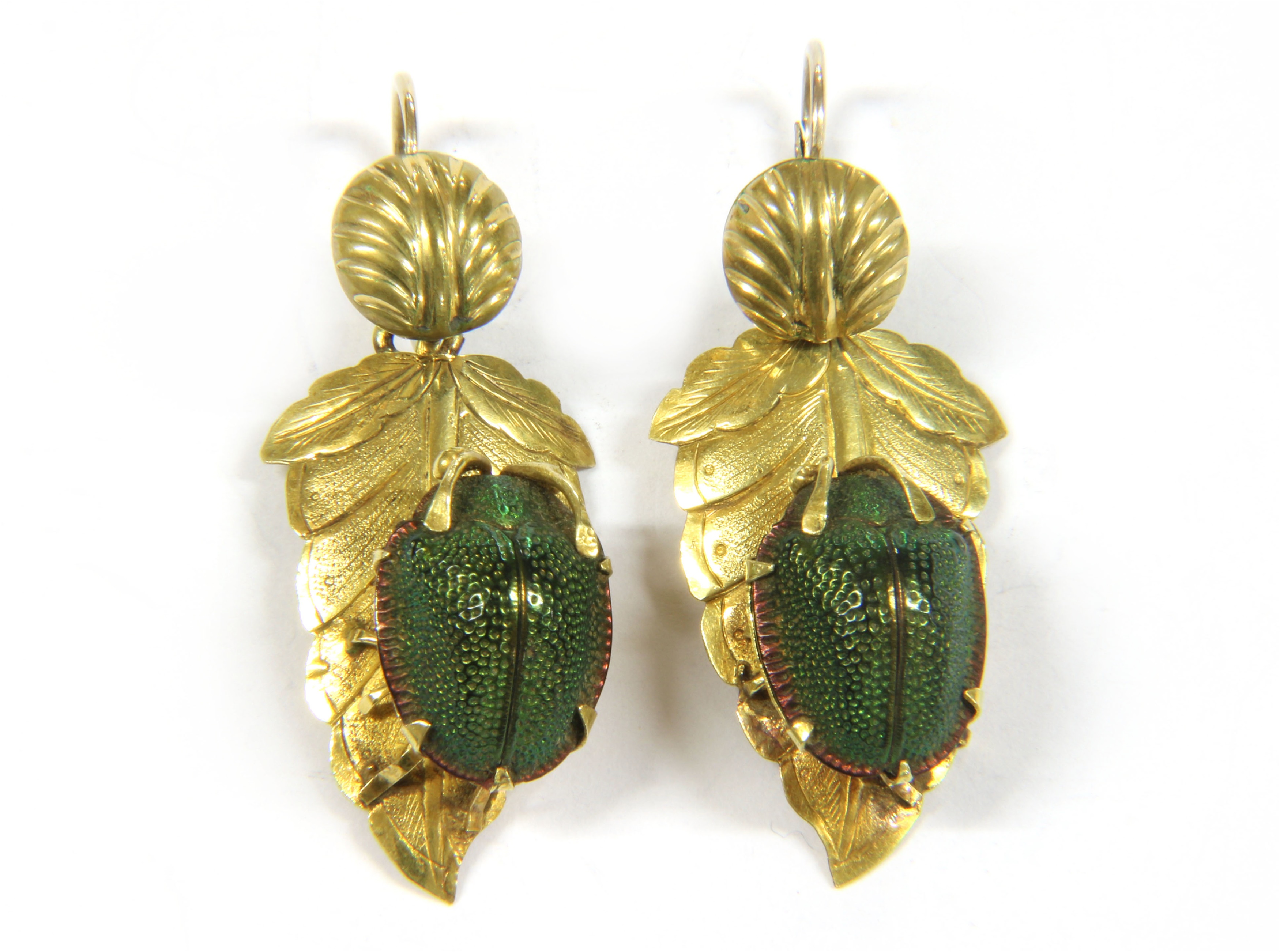
A pair of Victorian gilt metal earrings set with real scarabs (the actual beetles preserved)
Upcoming in Jewellery, Silver & Luxury Goods Sale, together with a 20thcentury faience ring and a section of scarab beetle bracelet | Estimate £100-200
The earlier, Victorian Egyptian revival jewellery of the 1860s and 1870s was primarily made in gold, in keeping with the archaeological manner popular at the time, and jewellers tended to focus on adapting Egyptian motifs to fit Victorian style jewellery. Thus scarabs, sphinx and ram’s head motifs are found on the heavy gold shield shaped brooch and earring suites typical of the time, and similar motifs rendered in micro mosaic.
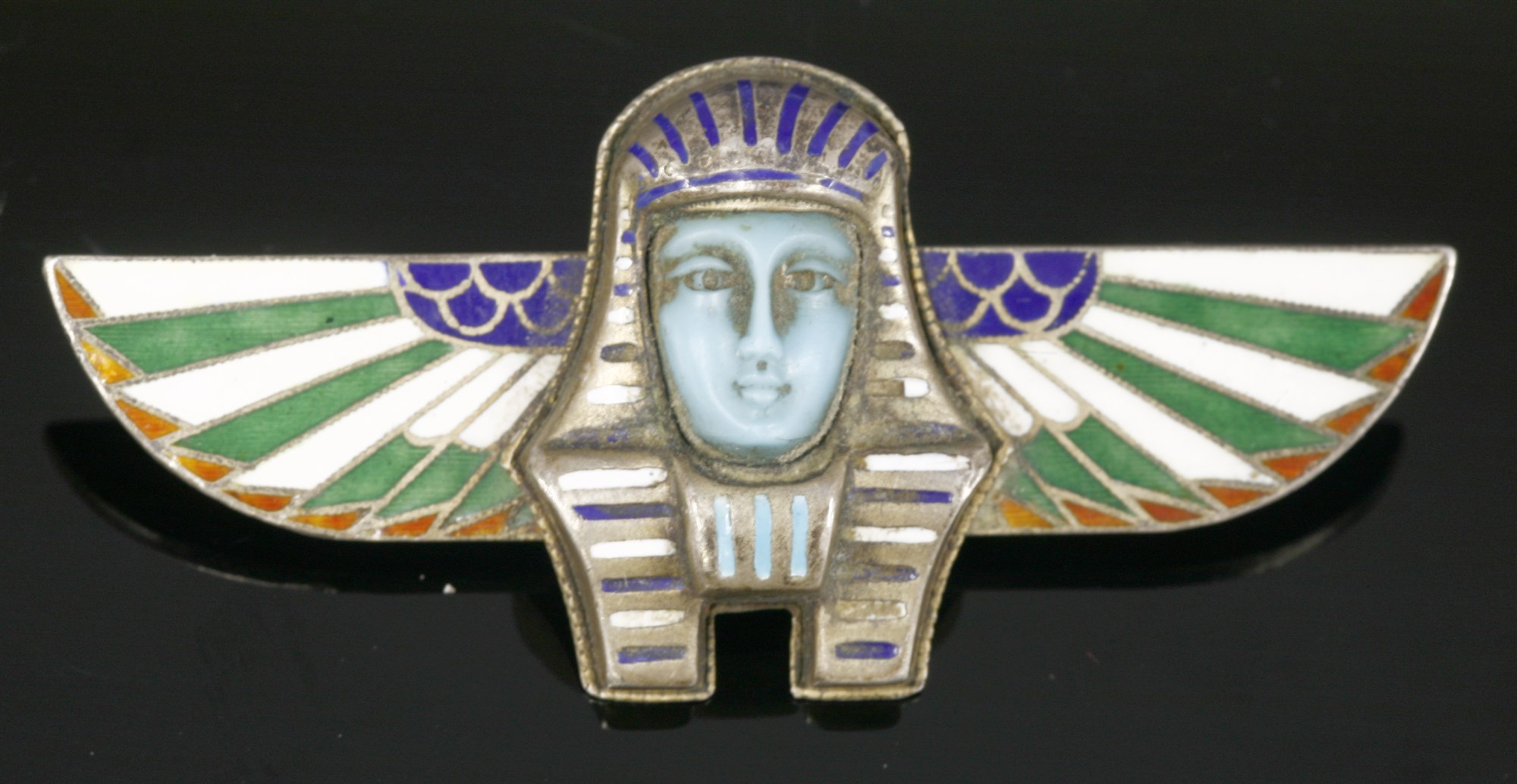 An Egyptian Revival silver and champlevé enamel brooch, in the form of a ba-bird. The ba is an aspect of a person’s non-physical being, or ‘soul’, and could travel out of the tomb after death. The ba was usually represented as a bird with the head of a human, and sometimes with human arms. Silver gilt enamelled pieces of this sort are typical of the Art Deco Egyptian Revival, usually Continental in make (either French or German), and often set with marcasite.
An Egyptian Revival silver and champlevé enamel brooch, in the form of a ba-bird. The ba is an aspect of a person’s non-physical being, or ‘soul’, and could travel out of the tomb after death. The ba was usually represented as a bird with the head of a human, and sometimes with human arms. Silver gilt enamelled pieces of this sort are typical of the Art Deco Egyptian Revival, usually Continental in make (either French or German), and often set with marcasite.
Lot 10, 20th Century Decorative Art & Design Sale, 13th October 2015 | Hammer £75
The Egyptian revival jewellery of the Art Deco era tended to be made in silver gilt and feature fine, intricate enamel work. Typical pieces include fringe necklaces, suspending stylised enamel charms of Egyptian motifs, plique-à-jour enamel brooches, scarab rings, with the stone set in a swivel mount, and charms in the form of mummys and sarcophagi.
Guide to Common Egyptian Symbols and Motifs
The Ancient Egyptians had complex and lavish burial rituals, and a lot of their jewellery was made specifically as burial goods. Jewellery worn in both life and death was talismanic, conferring to the wearer protection from hostile natural and supernatural forces.
| Lotus Flower | a symbol representing the sun, creation and rebirth |
| Ba-Bird | a human/bird composite symbolising a person’s non-physical being, or soul |
| Sa | a hieroglyph representing protection |
| Wedjat-Eye | or eye of the god Horus, is a combination of human and falcon eye, and an amulet of this form was thought to transfer the power of regeneration to its wearer |
| Ankh | a hieroglyph representing life |
| Scarab Beetle | symbolised immortality, resurrection and transformation |
| Tyet | a hieroglyph associated with the goddess Isis, often translated to mean “welfare” or “life” |
| Vulture | associated with the gods Isis, Mut and Nekhbet, and a symbol of royalty |
For more information please contact Catrin Jones
catrinjones@sworder.co.uk | 01279 817778
Recent News
Beyond Illumination | Cameron Peters Fine Lighting
Cameron Peters Fine Lighting was founded on the belief that exposure to a wide array of available lighting options would not only bring joy to consumers but also support the artisans behind these creations. A selection of their lights feature in our upcoming 30 April Design sale.
23 April 2024
Auctioneer's Picks | Design
With 400 lots, our April catalogue offers a great variety and something for everyone. Ahead of the sale next week, our team has chosen their favourites from the selection, which spans the Aesthetic Period to Contemporary Design.
23 April 2024
Picks from Apatchy
Ahead of our 30 April Design sale, we had the pleasure of asking Co-Founder and Director, Sam Tolhurst, of UK handbag and accessory brand ‘Apatchy’ for her top five lots from our remarkable featured Louis Vuitton Collection.
23 April 2024
